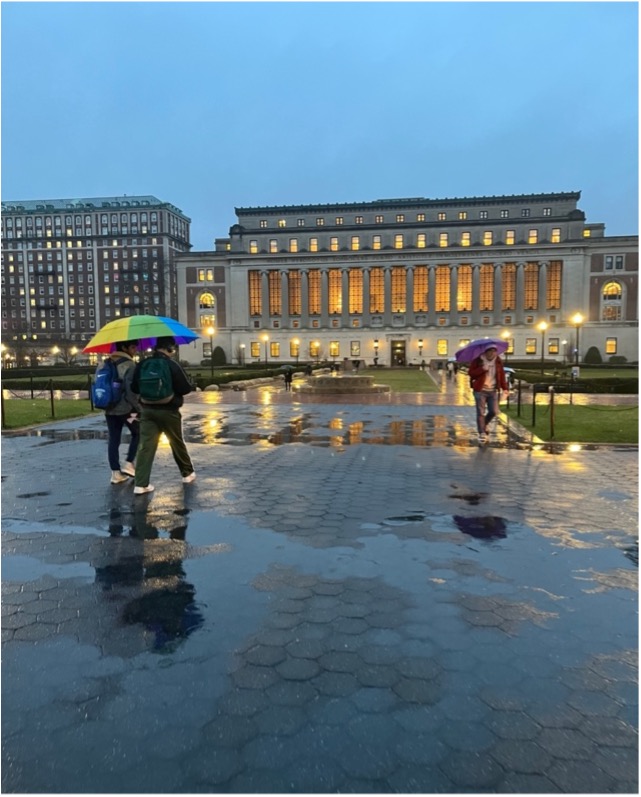Written by: Rashawn K. Merchant
With fall weather comes hurricane season. New York City is no stranger and is simultaneously one of the best places to be during rain showers. The streets are quiet, and many love to put on their boots in preparation for a stroll. In recent times, however, there have been occurrences where downpours have become more detrimental than residents have seen. I’m sure many within the past decade can recall Sandy and, even more recently, Ida and Henri. These storms have become excellent reference points when discussing climate change’s effects on our weather systems.

Rashawn Merchant/EarthShiners
As the planet warms, more water evaporates from land surfaces and the oceans. Alan Buis at Nasa’s Jet Propulsion Laboratory stated, “For every degree Celsius that Earth’s atmospheric temperature rises, the amount of water vapor in the atmosphere can increase by about 7%.” This problem is multiplied by what is known as the “rich get richer” effect. Downpours are more robust and can cause a more significant impact in areas where storms already usually make landfall. New York City is certainly accustomed to receiving this wealth. Unfortunately for New York, the city’s infrastructure has shown it is incapable of standing up to these stronger storm surges.
Hurricane Sandy recorded record rainfall, and the subway systems could not withstand the following damage. City residents saw subway systems turn over immediately. Because the systems were built so long ago, there were little to no design plans that accounted for the climate changes we are experiencing today. Since Sandy occurred, the city has invested billions of dollars into repairing and adding additional protections for the MTA systems, and the investments should continue beyond there. Much of the city’s washout is from stormwater not being able to seep into the ground. As scientists anticipate, more intense storms will occur, and green space investment should be a priority to reduce flooding and mitigate the damages New York faces.
Leave a Reply